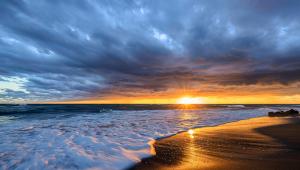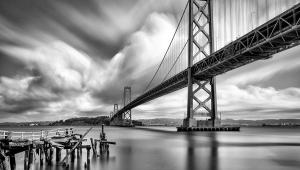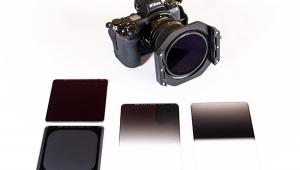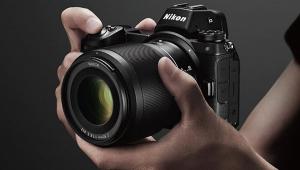Go with the Flow: How to Shoot Striking Photos of Waves
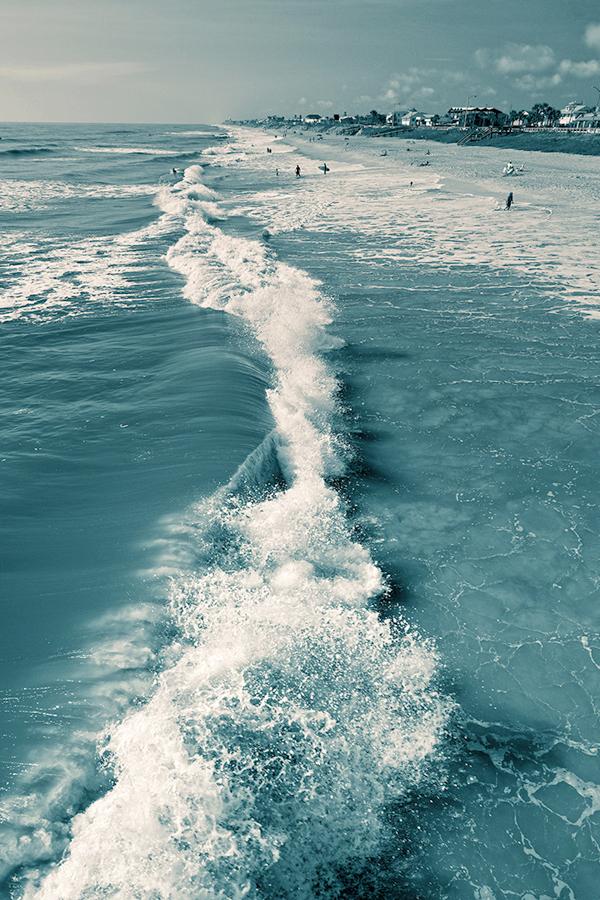
(Editor's Note: You can read Deborah Sandidge's other "On the Road" columns here.)
Waves occupy a high position on my favorite photographic subjects list. First, I feel a natural emotional connection to them. Second, they offer a lot of ways I can portray that connection. Give me a subject that provides lots of possibilities and creative challenges, and I'm there.
With a simple shutter speed adjustment, I can stop a wave's motion in a photograph that reveals detail the eye can't see, or I can let that motion flow in degrees of silky smoothness. I can shoot waves so their textures take over as the subject of the photo. I can choose an angle or point or view that shows the waves' interactions with, or effect upon, their surroundings.

There's more: depending on the time of year, or the time of day, I can choose the amount and direction of light reflectance that determines their color tone. I can take up a position, crouch down and capture angry waves coming at me, or I can calm them down simply by waiting for the anger to dissipate.
The techniques are easy to apply; the results will depend on what you want to capture and share. Here are the steps I take to get those results.

#1 Observe
What are they waves up to? How fast are they moving? What's the light doing?
#2 Evaluate
Okay, this is what's happening—now, what are my choices? Is the picture going to be about reflection, or power, or texture? What do I want to convey and share? Usually the answer to that last question is: something so expressive that people will feel like they're standing right there with me.

#3 Anticipate
What's happening with the central components? Is the wind shifting? Are the clouds moving? How fast? Is the sun likely to be obscured? How will I respond?
#4 Use the tools
What lens, f/stop and shutter speed am I going to need to convey my emotional response? If I need my tripod, where do I set it? Will a filter help?

The truth is that I've had so much experience shooting waves, I pretty much know what the photo is going to look like two seconds into the process. I know that my reaction to the way the waves are breaking on the rocks will dictate the length of the exposure, and I'll know at the first shot if I got it right or if I need to adjust.
We all have our favorite subjects, the things we photograph because there's an emotional connection we can sometimes trace and sometimes can't. Perhaps most rewarding in the pursuit of these subjects is the creative challenge in trying to share these special connections with others.
Deborah Sandidge's website, deborahsandidge.com, offers a collection of her photographs as well as photo tips and a schedule of upcoming workshops, photo tours, and seminars.



- Log in or register to post comments
